Shipping in Space
And in the process of doing the math, I started thinking about shipping containers. Shipping containers are generally an attempt to make logistics simple. ISO containers in our world reduced shipping to the process of clipping together lego bricks.
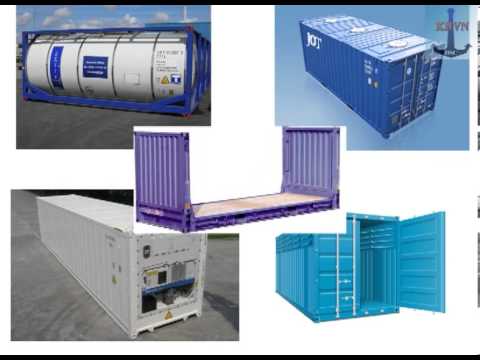
But... the stacks are only stable when gravity is pulling straight down. When ships encounter rough seas, they... well...

The other elephant in the room is that in space, a lot of the cargo is going to be fluids and gasses stored in tanks. At present ISO tanks encase a cylinder in a square frame.

One way to eliminate both problems is to utilize hexagonal structures instead of cubic structures. With a Hexagon, each node connects 3 edges. In a cubic structure, each node connects 4 edges. At the same time, there are no straight edges in a hexagonal structure. If one node fails, the stress goes out in three directions. In a cubic structure, failure can pop one node after another in a straight line, unzipping the structure like a zipper.
Another thing to consider is space efficiency. Let us say we want to use a uniform container, and for our first experiment, let's say we have a 500mm by 500mm space. If we make 100x100mm boxes, we can fill the space completely. Each box will have an area that is 10000 mm. An equivilent unit circle will have a radius of 56.4 mm (A = πr^2). And equivilent unit hexagon will have a side length of 62.0 mm (A=3*sqrt(3)*s/2).
From our example, neither circles nor hexagons completely fill the area. However, one can more 6 more hexagons (20) than we can circles (14). And by altering enlarging the room slightly, we would be able to fit nearly the whole area:
We waste a little space (as seen by the areas in red) but our crates mutually support one another. And what is more, we don't have straight columns that could collapse if the vessel experiences forces that are not strictly straight up and down. These hexagonal crates could either serve as tanks for unpressurized fluids, or they could contain a circular tank with little wasted space:
And if you think that all shipping containers have to be square, airlines have been using odd shaped containers for years:
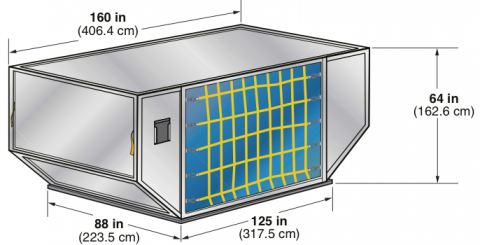
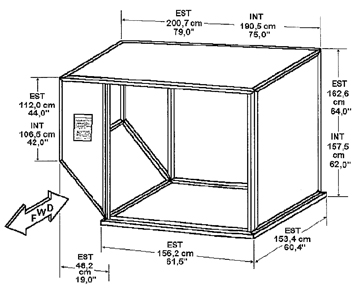
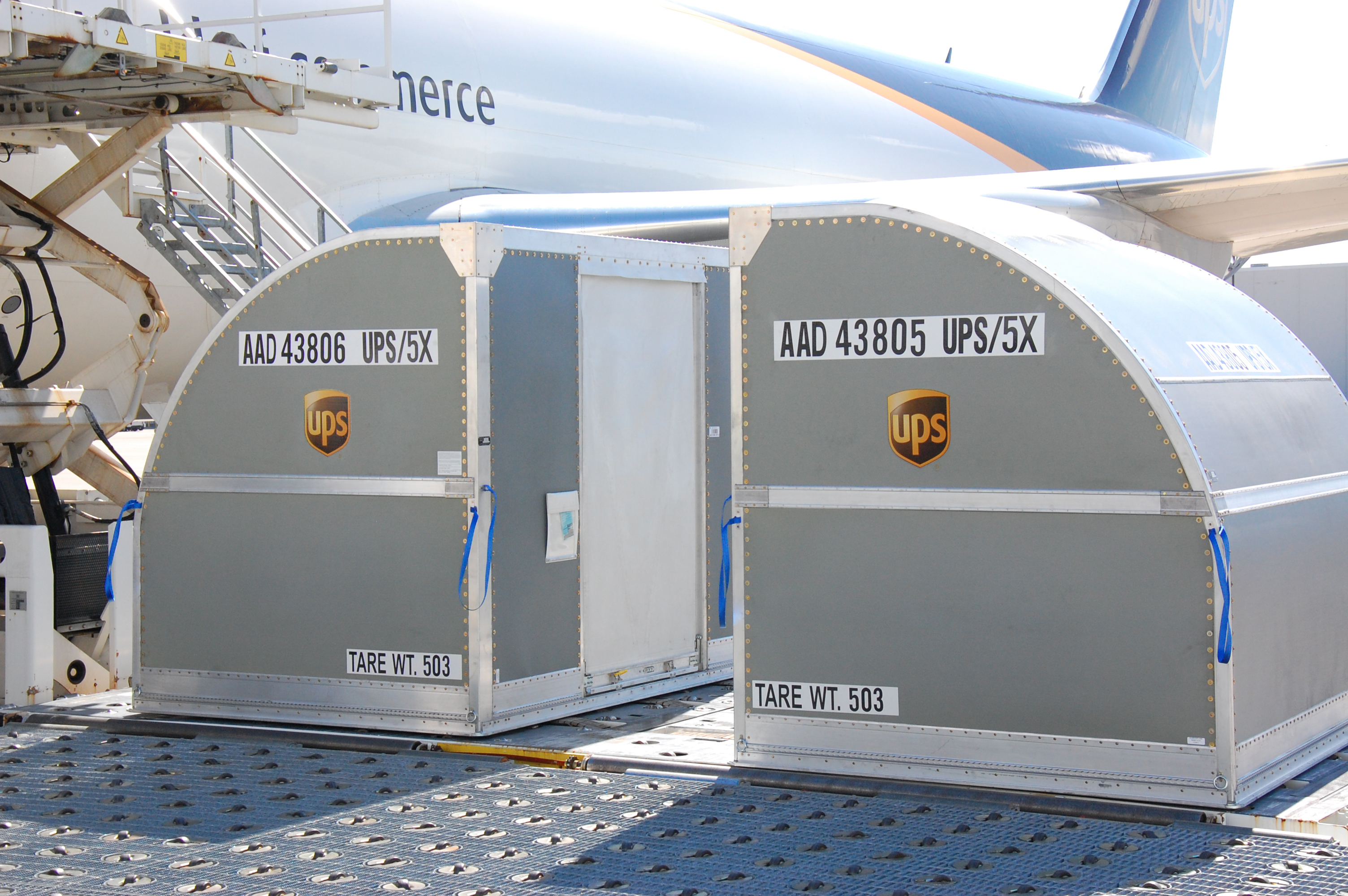
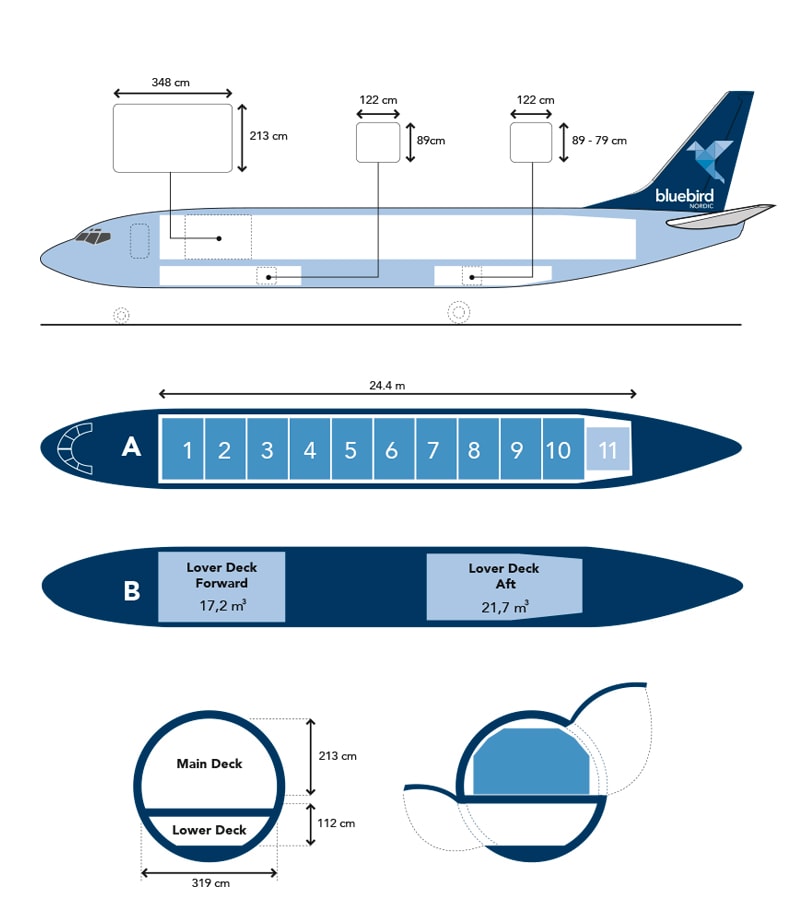
I am envisioning that the in this world that have standardized on metric, and they have put together a system of container sizes that allow for easy math. A 2 meter high container that is 10 square meters in area (side length=1.96m), giving it a volume of 20 cubic meters. If filled with idealized water, the cargo would have a mass of 20 tons. You can also round the side length up to 2m because there will be 2mm of framing and plate.
Image Credits:
- https://upload.wikimedia.org/wikipedia/commons/d/db/Hexagonal_prismatic_honeycomb.png
- https://www.marineinsight.com/wp-content/uploads/2020/08/container-collapse.jpg
- https://bluebird.is/wp-content/uploads/2020/06/boeing-737-400-specifications-bluebird.jpg
- https://sc01.alicdn.com/kf/HTB1GsgGSpXXXXczXpXX760XFXXXY/202717061/HTB1GsgGSpXXXXczXpXX760XFXXXY.png
- https://i.ytimg.com/vi/SDkFWCBjWMs/hqdefault.jpg
- https://www.searates.com/design/images/uld/ld26.png
- https://mms.businesswire.com/media/20130722006304/en/375575/5/MACRO-cans-2.jpg?download=1